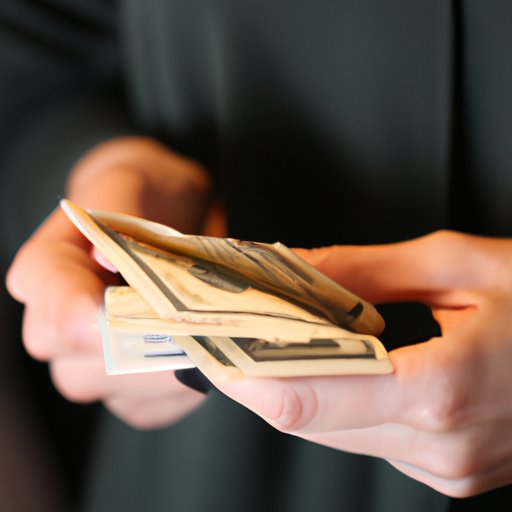
How to Fill Out a Money Order: A Complete Guide with Tips, Comparisons, and International Use
Money orders are an alternative payment method often used to send funds safely beyond checks and cash. This article will guide you step-by-step through filling out a money order, the benefits of using them, comparisons of providers, and international use. We’ll cover rent payments as well.
Step-by-Step Guide to Filling Out a Money Order
Filling out a money order form requires a few simple steps. However, there are some guidelines to follow to ensure a successful transaction. The first step is to find a reliable money order provider. Most local banks, post offices, retail stores, and check cashing businesses offer money orders. Always verify the legitimacy and precise fees of the provider you choose. Next, follow these simple instructions:
- Write the recipient’s name or business name exactly as it appears on the bill or invoice. It’s best to get the details directly from the payee to avoid errors.
- Enter the payee’s mailing address in the appropriate field. Ensure that you copy the correct and full address to avoid misdelivery.
- Fill in your personal details. This area usually requires your name, address, and signature. In some cases, additional details are necessary, such as your phone number or email address.
- Determine the amount you’re sending and fill it in the designated field twice – once in letters and once in numbers. Confirm that the two match, to avoid discrepancies that could invalidate the entire money order.
- Once everything is filled out, tear off the receipt portion of the money order and keep it for records. Now, you’re ready to send your payment!
Once you have fulfilled your money order, you can dispatch it to the recipient by mail or in-person delivery. Depending on where you got the money order, you may be able to cash it there, or go to a local bank or check cashing service. Remember that some providers might deduct fees for their services, and they may have a limit on the amount you can send.
Importance of Money Orders
Before diving into the guide, let’s explore why money orders are an essential part of financial transactions.
Money orders provide a secure way to send money without revealing sensitive personal information such as bank account and routing numbers. It’s often preferred by people who are uncomfortable using checks or credit cards. Also, they are more reliable than cash because a recipient must sign for and present ID to receive the funds.
Another benefit of using a money order is that it can’t be easily altered or tampered with by scammers. A lost or stolen money order can be canceled, a service that’s usually not available with cash or checks. Furthermore, if you have a bank account and can’t afford to pay with a check, a money order gives you another option to pay a bill.
Comparing Providers
When searching for a money order provider, there are many factors to consider, including the costs. Fees differ from provider to provider, with banks and credit unions usually the least expensive. Some retailers offer affordable rates, like Walmart and 7-Eleven, which have fees that typically range between $0.70 and $1.25 for money orders up to $1,000.
On the other hand, if you’re sending a more substantial amount of money, many money orders charge up to 10% of the amount sent as a fee. Thus, it’s essential to compare providers to determine the best option for your needs. Other things to take into consideration are the location and the convenience of the provider. Check online reviews to ascertain other customers’ experience and satisfaction with the provider. Be sure to assess their customer service to ensure that you can get help with any problem if need be.
International Money Orders
International money orders are similar to traditional domestic money orders. There are additional things you need to consider, such as the language used on the money order, the exchange rate, and any overseas fees.
When filling out an international money order, make sure to include the name of the recipient’s country for the receiving financial institution. All fields must be in English, including the currency type, though some money order providers offer a translator when filling out the form. Review the provider’s “Do’s and Don’ts” to prevent common scams and fraud to make using international money orders as safe as possible.
Using Money Orders for Rent
Paying rent with a money order is a popular alternative to checks because they provide proof of payment and protect against fraud. When using a money order to pay your rent, follow the same steps as in our guide above and make sure that the name, address, and amount are accurate. Make sure you bring cash or a credit/debit card to the money order provider to pay for the money order.
It’s crucial to avoid making mistakes on the form because it could delay the processing time and cause unnecessary stress. Some providers offer rent-specific money orders as a convenience feature; therefore, you should research those available to you.
Conclusion
Money orders are an alternative payment method for people who don’t want to use cash or checks. They are convenient, can be safer, and are more reliable. When using a money order, ensure you know how to fill it out correctly and find the best provider for your needs. Evaluate providers by their fees, reviews, and customer service levels. Use money orders not only to pay rent, but as an alternative way to pay bills and make financial transactions securely.





